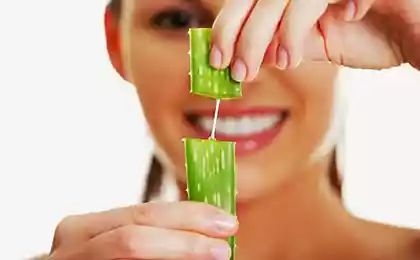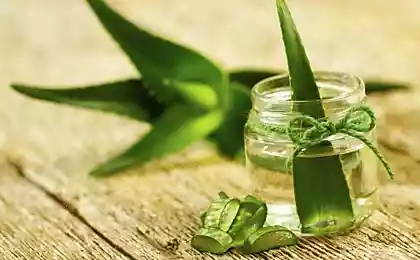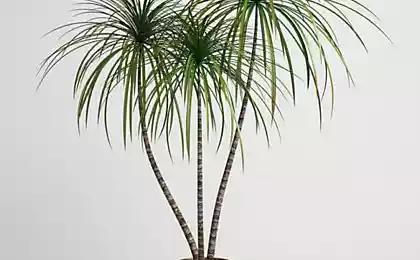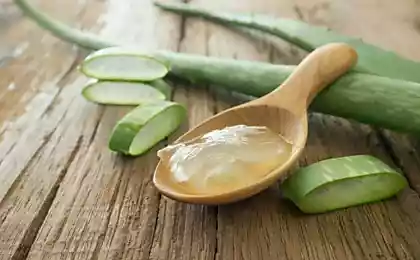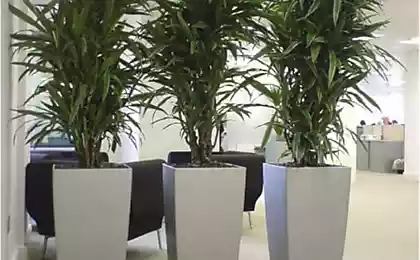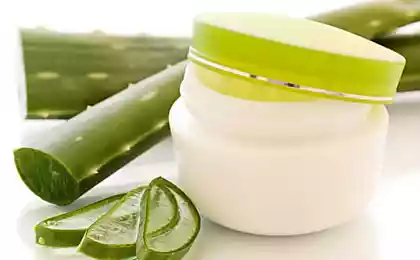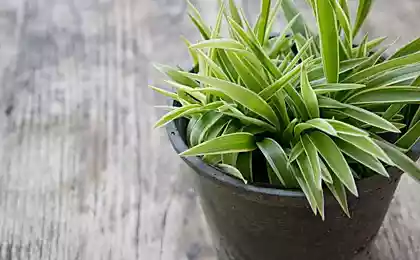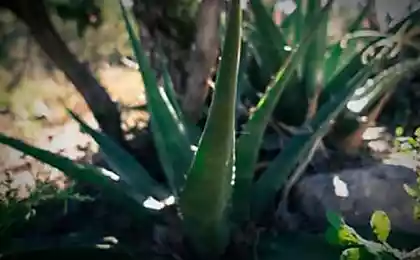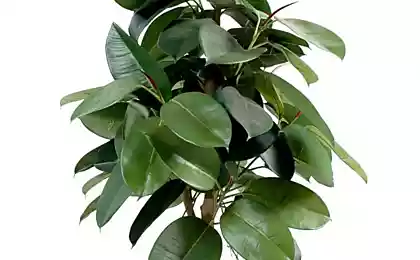582
The most unpretentious house plants that clean the air
What can be common between your apartment and the space ship? Sorry, the correct answer is stale, polluted air. We put their health at great risk, along with breathing in this air, harmful substances, excessive amount of which is in an unventilated room.
In these areas we're feeling bad about until nausea, may also experience dizziness, we can head ache and inflamed mucosa of the eyes and nasopharynx. Fortunately for us, scientists are aware of this issue and how to resolve it. One of these methods available to all – breed indoor plants that purify the air.
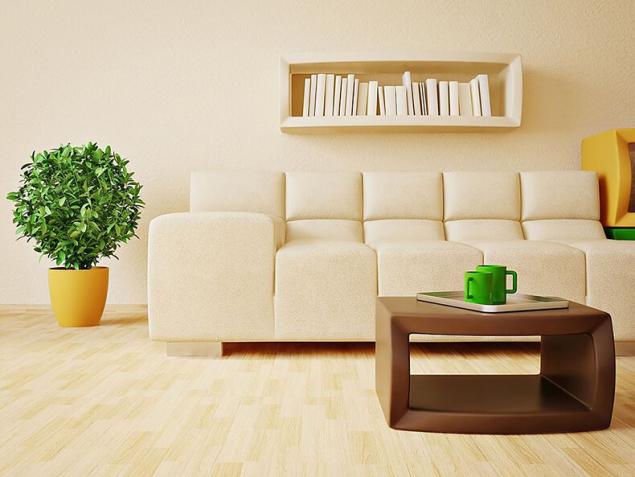
What's the point?
Given that people spend 90% time indoors, the air that they breathe is of great importance. Lacquer, which covered the furniture, upholstery, synthetic building materials and cleaning products that we use in your home or office can contain many toxic compounds such as formaldehyde, for example.
Indoor air can also be contaminated with pollen, bacteria, mold, and exhaust gases, which from the street inside. Breathe all this while, for example, with Windows closed tightly, it is dangerous to health.
But fortunately there is an easy and affordable way to cope with the presence of harmful substances in the air we breathe, and the way nature gives us. As we know, plants clean the air, reducing the content of harmful particles in it. Putting in the room a few pots with plants, you will improve the situation (though here it is necessary to consider that some flowering plants can cause allergies and exacerbate the situation).
But how do plants purify the air? They absorb particles from the air together with carbon dioxide, which then is converted into oxygen during photosynthesis. And that's not all – microorganisms associated with plants and present in the soil help to purify the air.
But it is not only the cleansing effect. Plants are beneficial to humans, lowering blood pressure and relieving stress. Along with this they allow people to feel energetic and able-bodied.
Action plan
Those who have "hands-hooks", and who thinks it will burden additional responsibilities may scare a thought about breeding plants, but these fears are not justified, because in reality these plants are very undemanding. Here we will tell you about the 9 best (according to studies) plants, which easily you can breed at home or in the office.
These amazing plants are that you took the trouble to find out how much sunlight they need and how many times to water them. Don't forget to repot the plants in bigger pots as their growth and loosens the soil around the plants, so it is not hardened. Here, perhaps, and all. Then just enjoy the clean air in my house.
Garden chrysanthemum
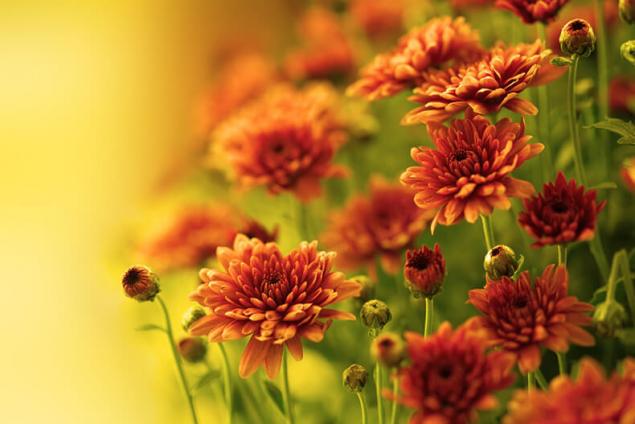
This plant champion for purifying the air, it absorbs ammonia, benzene, formaldehyde and xylene. The flower can be purchased at any store at a reasonable price. After he'd gone home in a pot, it can be transplanted in the spring or summer on a bed in the yard or in the garden.
Pucnik

One of the most simple and undemanding plant that requires no special care. Perfect for beginner growers and for those who always forget to water the flowers. Likes bright but not direct sunlight. Produces sprouts with flowers, which gradually again become new shoots.
Absorbs formaldehyde and xylene.
Dracaena
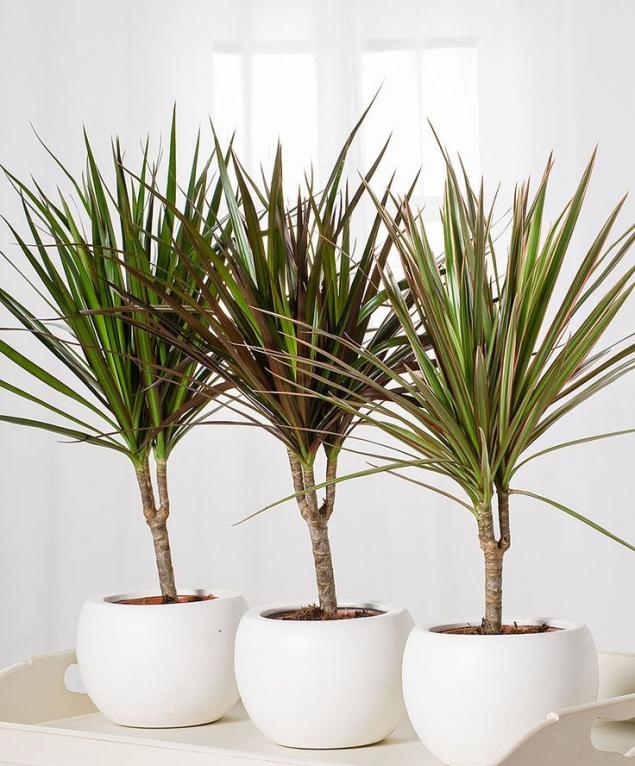
There are more than 40 species of this plant, so you probably will choose a most suitable for your home or office. Dracaena long, wide leaves, often with colored lines. However, this plant is toxic to cats and dogs, so animal lovers it is better to choose and breed a different flower.
Dracaena removes from the air benzene, formaldehyde, trichloroethylene and xylene.
Ficus

Although in their homeland in Southeast Asia, the ficus is a tree, its height usually does not exceed 60 – 120 cm Place this hardy small tree in a well lit area and do not water frequently. In late spring the plant can be taken to the yard, and with the onset of autumn and again to place in the room where it rendered great service by clearing the air in it.
Absorbs benzene, formaldehyde and trichloroethylene.
Spathiphyllum

This plant is relatively small, compared to other, but the use of it as big. Unpretentious, blooms most often in the summer. You need to consider that its flowers (as well as all colors) smell, and pollen gets into the air, so do not plant this flower in large quantities. The plant prefers shady places and moist but not wet soil.
Cleans the air of ammonia, benzene, formaldehyde and trichloroethylene.
Fern Nephrolepis
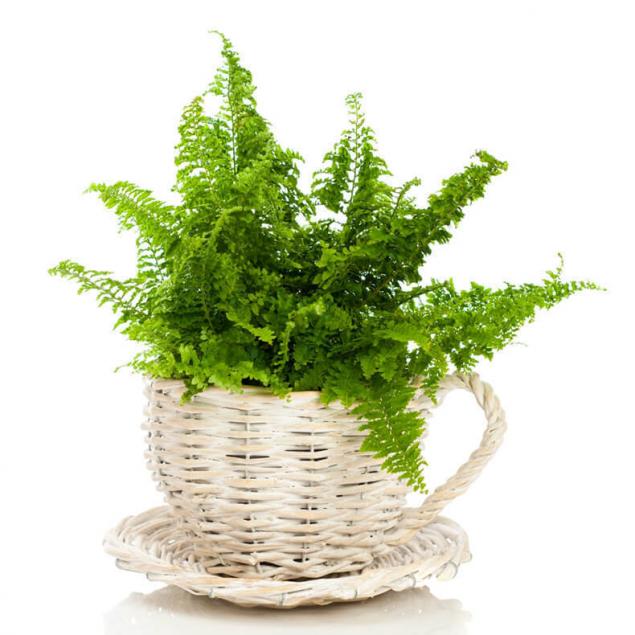
This plant prefers cool locations with high humidity and indirect sunlight. It is relatively easy to grow but must be frequently watered. Do not let to dry out your "rescue" and at least once a month bathe him thoroughly, so he's all wet. Fern will thank you, and will remove the air from the formaldehyde and xylene.
Sansevieriya \Teschin language

These plants require almost no care. They prefer dry conditions, and water them it is necessary very rarely. And sunlight they require very little.
Absorb from the air benzene, formaldehyde, trichloroethylene and xylene.
Bamboo palm tree
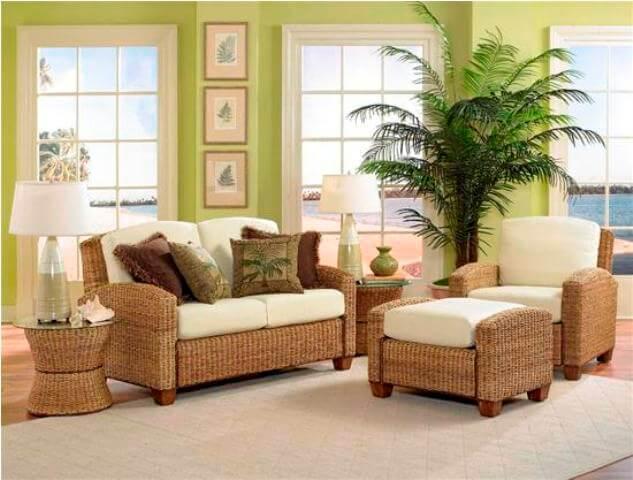
It is the best remedy for air purification from formaldehyde. Put a palm tree on a windowsill where it will be bathed in sunlight. The plant can grow in a rather tall tree, but this cleansing effect will only intensify. It miraculously fit into your interior, yet it's absolutely safe for your Pets.
Absorbs benzene, formaldehyde, trichloroethylene.
Spathiphyllum: care & breeding in house conditions
Win-win color for the kitchen interior of your dreams
Aloe Vera
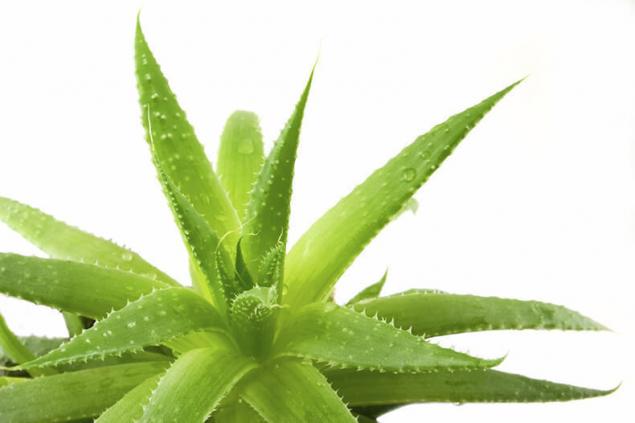
Besides the fact that this plant is easy to care for, since it does not require frequent watering, aloe Vera also treats. The leaves of the plant contain a transparent fluid, in which a lot of vitamins, enzymes, amino acids and other compounds that have wound healing, antibacterial, and anti-inflammatory properties. Aloe can also help (and certainly won't hurt) in the case of skin diseases such as psoriasis.
Clean room formaldehyde.published
Translation: Svetlana Bodrick
Source: mixstuff.ru/archives/116611
In these areas we're feeling bad about until nausea, may also experience dizziness, we can head ache and inflamed mucosa of the eyes and nasopharynx. Fortunately for us, scientists are aware of this issue and how to resolve it. One of these methods available to all – breed indoor plants that purify the air.

What's the point?
Given that people spend 90% time indoors, the air that they breathe is of great importance. Lacquer, which covered the furniture, upholstery, synthetic building materials and cleaning products that we use in your home or office can contain many toxic compounds such as formaldehyde, for example.
Indoor air can also be contaminated with pollen, bacteria, mold, and exhaust gases, which from the street inside. Breathe all this while, for example, with Windows closed tightly, it is dangerous to health.
But fortunately there is an easy and affordable way to cope with the presence of harmful substances in the air we breathe, and the way nature gives us. As we know, plants clean the air, reducing the content of harmful particles in it. Putting in the room a few pots with plants, you will improve the situation (though here it is necessary to consider that some flowering plants can cause allergies and exacerbate the situation).
But how do plants purify the air? They absorb particles from the air together with carbon dioxide, which then is converted into oxygen during photosynthesis. And that's not all – microorganisms associated with plants and present in the soil help to purify the air.
But it is not only the cleansing effect. Plants are beneficial to humans, lowering blood pressure and relieving stress. Along with this they allow people to feel energetic and able-bodied.
Action plan
Those who have "hands-hooks", and who thinks it will burden additional responsibilities may scare a thought about breeding plants, but these fears are not justified, because in reality these plants are very undemanding. Here we will tell you about the 9 best (according to studies) plants, which easily you can breed at home or in the office.
These amazing plants are that you took the trouble to find out how much sunlight they need and how many times to water them. Don't forget to repot the plants in bigger pots as their growth and loosens the soil around the plants, so it is not hardened. Here, perhaps, and all. Then just enjoy the clean air in my house.
Garden chrysanthemum

This plant champion for purifying the air, it absorbs ammonia, benzene, formaldehyde and xylene. The flower can be purchased at any store at a reasonable price. After he'd gone home in a pot, it can be transplanted in the spring or summer on a bed in the yard or in the garden.
Pucnik

One of the most simple and undemanding plant that requires no special care. Perfect for beginner growers and for those who always forget to water the flowers. Likes bright but not direct sunlight. Produces sprouts with flowers, which gradually again become new shoots.
Absorbs formaldehyde and xylene.
Dracaena

There are more than 40 species of this plant, so you probably will choose a most suitable for your home or office. Dracaena long, wide leaves, often with colored lines. However, this plant is toxic to cats and dogs, so animal lovers it is better to choose and breed a different flower.
Dracaena removes from the air benzene, formaldehyde, trichloroethylene and xylene.
Ficus

Although in their homeland in Southeast Asia, the ficus is a tree, its height usually does not exceed 60 – 120 cm Place this hardy small tree in a well lit area and do not water frequently. In late spring the plant can be taken to the yard, and with the onset of autumn and again to place in the room where it rendered great service by clearing the air in it.
Absorbs benzene, formaldehyde and trichloroethylene.
Spathiphyllum

This plant is relatively small, compared to other, but the use of it as big. Unpretentious, blooms most often in the summer. You need to consider that its flowers (as well as all colors) smell, and pollen gets into the air, so do not plant this flower in large quantities. The plant prefers shady places and moist but not wet soil.
Cleans the air of ammonia, benzene, formaldehyde and trichloroethylene.
Fern Nephrolepis

This plant prefers cool locations with high humidity and indirect sunlight. It is relatively easy to grow but must be frequently watered. Do not let to dry out your "rescue" and at least once a month bathe him thoroughly, so he's all wet. Fern will thank you, and will remove the air from the formaldehyde and xylene.
Sansevieriya \Teschin language

These plants require almost no care. They prefer dry conditions, and water them it is necessary very rarely. And sunlight they require very little.
Absorb from the air benzene, formaldehyde, trichloroethylene and xylene.
Bamboo palm tree

It is the best remedy for air purification from formaldehyde. Put a palm tree on a windowsill where it will be bathed in sunlight. The plant can grow in a rather tall tree, but this cleansing effect will only intensify. It miraculously fit into your interior, yet it's absolutely safe for your Pets.
Absorbs benzene, formaldehyde, trichloroethylene.
Spathiphyllum: care & breeding in house conditions
Win-win color for the kitchen interior of your dreams
Aloe Vera

Besides the fact that this plant is easy to care for, since it does not require frequent watering, aloe Vera also treats. The leaves of the plant contain a transparent fluid, in which a lot of vitamins, enzymes, amino acids and other compounds that have wound healing, antibacterial, and anti-inflammatory properties. Aloe can also help (and certainly won't hurt) in the case of skin diseases such as psoriasis.
Clean room formaldehyde.published
Translation: Svetlana Bodrick
Source: mixstuff.ru/archives/116611
Scientists have developed a new method of conservation of thermal energy
Study: migraines may cause intestinal bacteria
